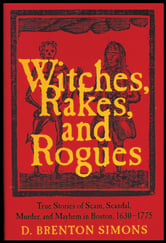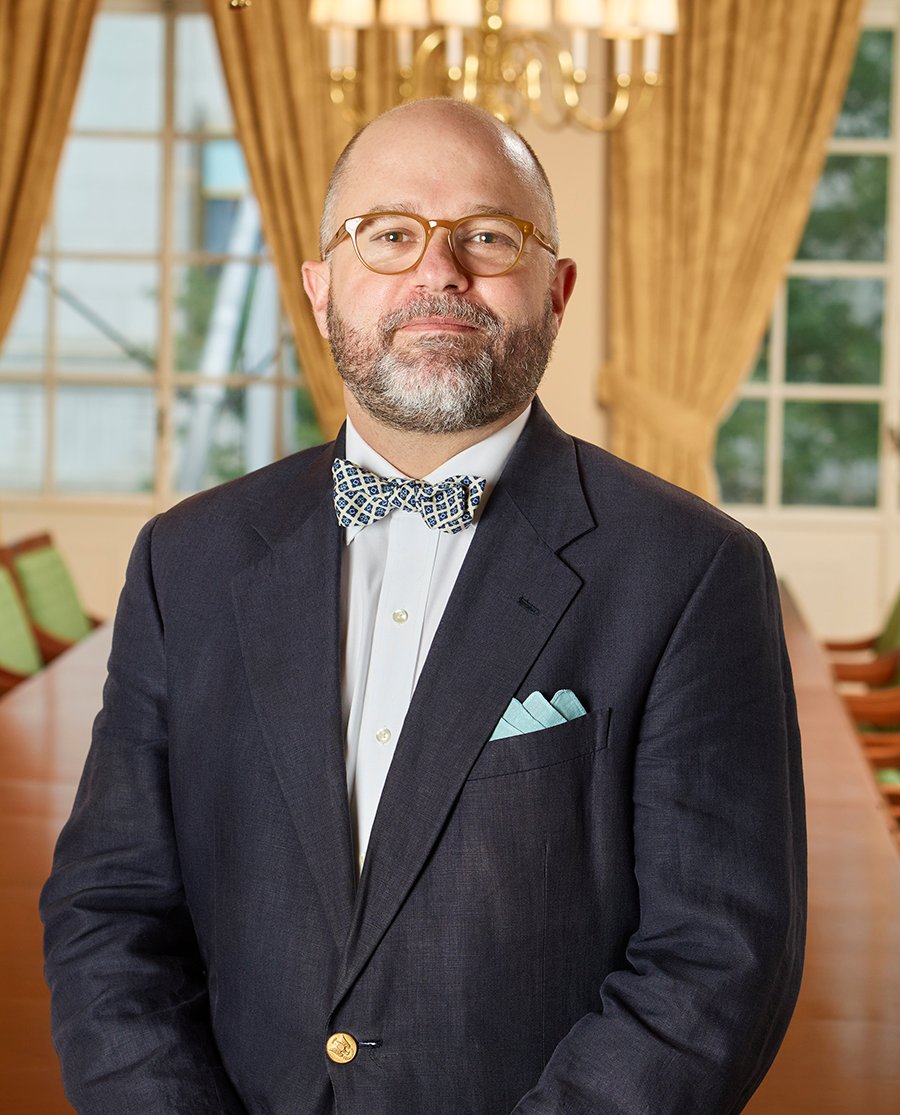 Overshadowed by the hysteria that gripped the townspeople of Salem in 1692, Boston’s considerable witchcraft record has received relatively little attention. From the late 1630s to the 1690s, the town intermittently fell into witch-hunting fervor as accusations coalesced around individual women. (Men in Boston were seldom the subject of witchcraft accusations.) In all, four local women were convicted and executed in Boston witchcraft trials. Their stories – and the stories of other accusations that did not end in execution – reveal aspects of long-forgotten Boston history and the perils of life in a puritanical society that believed in the possibility of such events.
Overshadowed by the hysteria that gripped the townspeople of Salem in 1692, Boston’s considerable witchcraft record has received relatively little attention. From the late 1630s to the 1690s, the town intermittently fell into witch-hunting fervor as accusations coalesced around individual women. (Men in Boston were seldom the subject of witchcraft accusations.) In all, four local women were convicted and executed in Boston witchcraft trials. Their stories – and the stories of other accusations that did not end in execution – reveal aspects of long-forgotten Boston history and the perils of life in a puritanical society that believed in the possibility of such events.
The first witchcraft trial in Boston involved Margaret Jones of Charlestown, a medical practitioner deemed suspicious by the local establishment. In May 1648 she was convicted of practicing witchcraft and the following month became the first woman in Boston to be executed for the crime. The principal source for the story of Margaret’s accusation and trial is Governor John Winthrop, who left a substantial account of the case in his journal. Winthrop gave six reasons for Margaret’s conviction:
- She possessed a “malignant touch” that caused people to become violently ill and sometimes deaf;
- Her medical treatments “had extraordinary violent effects”;
- She warned ill people who declined her services that they would never recover unless they used her “physic,” and “accordingly their diseases and hurts continued”;
- She was able to accurately predict events and knew details of private conversations she had “no ordinary means to come to the knowledge of”;
- During a forced search of her body, a freshly sucked witch’s teat was discovered in her “secret parts” and a second one soon began to appear; and
- While in prison she was visited by an imp the witnesses saw before it vanished into thin air.
Any one of these circumstances, if believed, might have been sufficient to sway the court against her; taken together they formed a body of evidence Margaret Jones was unable to overcome.
John Hale, later the author of A Modest Inquiry into the Nature of Witchcraft, was among Margaret’s visitors in jail shortly before her execution. He had a quite different explanation for the charges. Her case had come about, he alleged, because of “some angry words passing between her and her neighbors” and “some mischief” that befell the neighbors’ livestock.
The series continues here.
Adapted from Witches, Rakes and Rogues: True Stories of Scam, Scandal, Murder, and Mayhem in Boston, 1630–1775.
Share this:

About D. Brenton Simons
Currently piloting a groundbreaking $55 million “Connecting Families, Advancing History” capital campaign for NEHGS, Brenton Simons has led the Society to major growth in its national services and scope and to its pivotal role in the popular expansion of the genealogical field in America. A staff member since 1993 and President and CEO since 2005, he has developed several of the organization’s most popular services, including its website, member magazine, and special publications imprint. In addition, he is the author of several books, including “Boston Beheld: Antique Town and Country Views” and “Witches, Rakes, and Rogues: True Stories of Scam, Scandal, Murder and Mayhem, 1620-1775,” winner of the 2006 Award of Merit from the Association for State and Local History. Most recently he produced with Atlantic Media a short film on NEHGS, “A Farseeing Vision,” recipient of the 2011 Silver Telly Award. His genealogical articles have appeared in The New England Historical and Genealogical Register, The American Genealogist, The Pennsylvania Genealogical Magazine and elsewhere. A graduate of Boston University, he is a member of the Colonial Society of Massachusetts, the American Antiquarian Society, the Club of Odd Volumes, the Society of the Cincinnati, and is a fellow of the Massachusetts Historical Society.View all posts by D. Brenton Simons →